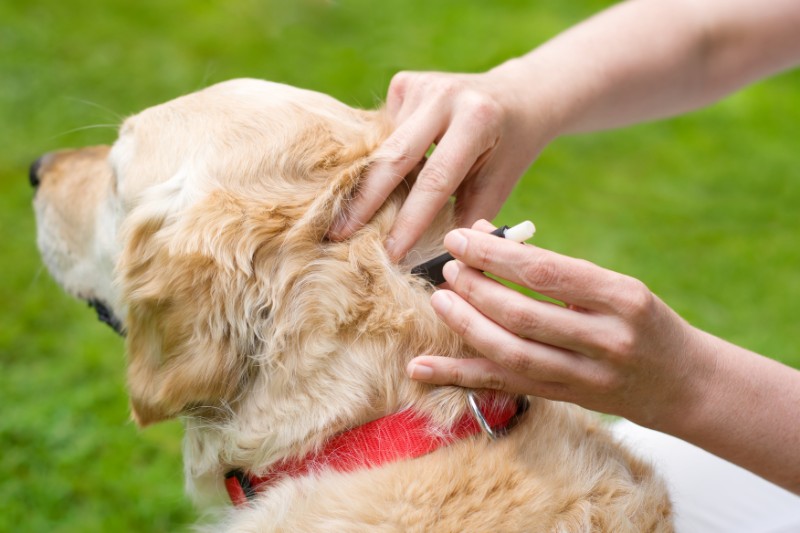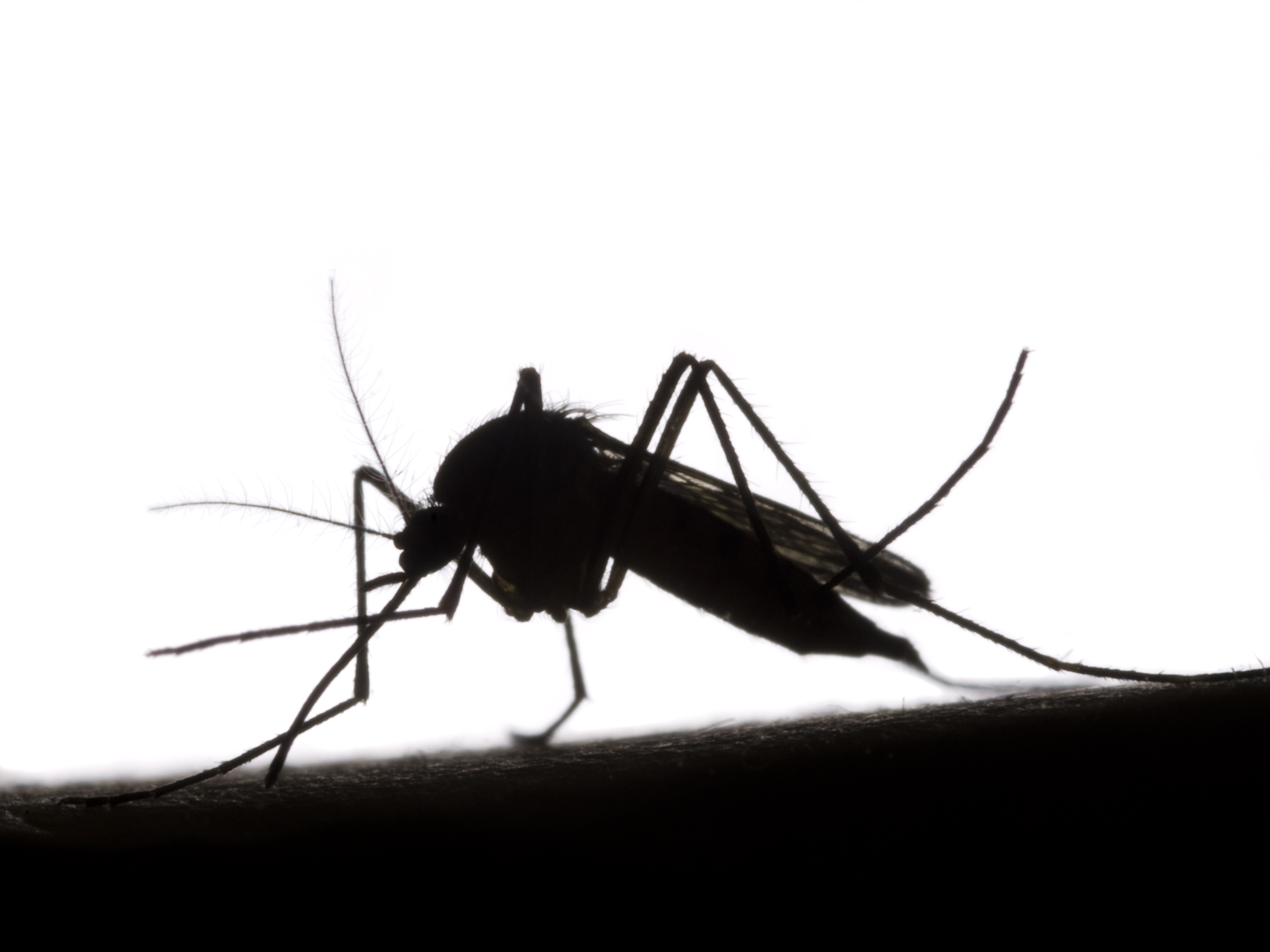Posts in Category: Fleas Ticks & Heartworm
Hitchin’ A Ride: The Case for Flea and Tick Prevention

Spring is a notoriously fickle time in Colorado. One day, we’re enjoying temperatures in the 60s, and the next day we’re hit with a snow storm! This variation between cold and warm weather can make it easy to ignore your pet’s parasite prevention. Unfortunately, a little spring snow isn’t enough to keep fleas and ticks at bay for long. Although they may seem inactive during a cold spell, it only takes a few 50 to 60 degree days for parasites to become active again.
Pets most often pick up fleas and ticks outdoors after these parasites drop from other animals onto the ground, grass, or shrubs. Even indoor pets face exposure when people carry the parasites inside on their clothing. Typically, these parasites go unnoticed until they bite your pet, causing itching, skin rashes, and hair loss. Or, as with a tick, you’ve discovered a little round bump on your pet that wasn’t there a few days before.
Continue…Heartworm Disease: A Growing Threat in Colorado

If you’re a longtime Denver area resident, you’ve surely noticed how much the metro area has grown over the past 10 years. And, our population growth continues to extend outward beyond the city and surrounding suburban areas.
While Colorado’s popularity as a great place to live is mostly a good thing, it also affects us in ways that we may not think of, such as how it affects our pets. With more and more people and pets moving here, the number of heartworm disease cases seen by local veterinarians has increased every year.
Continue…An Itch You Can’t Scratch: What to Do About Lice in Pets
 If you’ve ever had to deal with a case of head lice, whether on yourself or your child, you know how upsetting it can be. Besides the “ick!” factor, treating a case of lice is time-consuming, frustrating, and can lead to many missed days of school and work.
If you’ve ever had to deal with a case of head lice, whether on yourself or your child, you know how upsetting it can be. Besides the “ick!” factor, treating a case of lice is time-consuming, frustrating, and can lead to many missed days of school and work.
Just like no one wants to see lice on their child, discovering your pet has lice can elicit a similar response. The intense itching and scratching can make pets (and their owners) a bit crazy, and tackling the issue head on (no pun intended) is ideal.
But First, The Good News
Dealing with lice in pets is certainly not one of the more pleasant aspects of pet ownership. Fortunately, you don’t have to worry about catching the gruesome pests from your dog or cat. Lice are species-specific, meaning that they stick with one type of animal only. Cat lice can be transferred only to cats, dog lice only to dogs, and human lice only to humans. Phew! Continue…
The Ugly Truth About Rocky Mountain Spotted Fever
 Rocky Mountain Spotted Fever is one of many diseases that infected ticks can transmit to both people and pets, making it a significant concern in our region. With tick populations rising across the United States, our beautiful state is no exception.
Rocky Mountain Spotted Fever is one of many diseases that infected ticks can transmit to both people and pets, making it a significant concern in our region. With tick populations rising across the United States, our beautiful state is no exception.
Of the 30 plus species of ticks that make their home in Colorado, there are several that have the potential to make your pet, and you, very sick.




